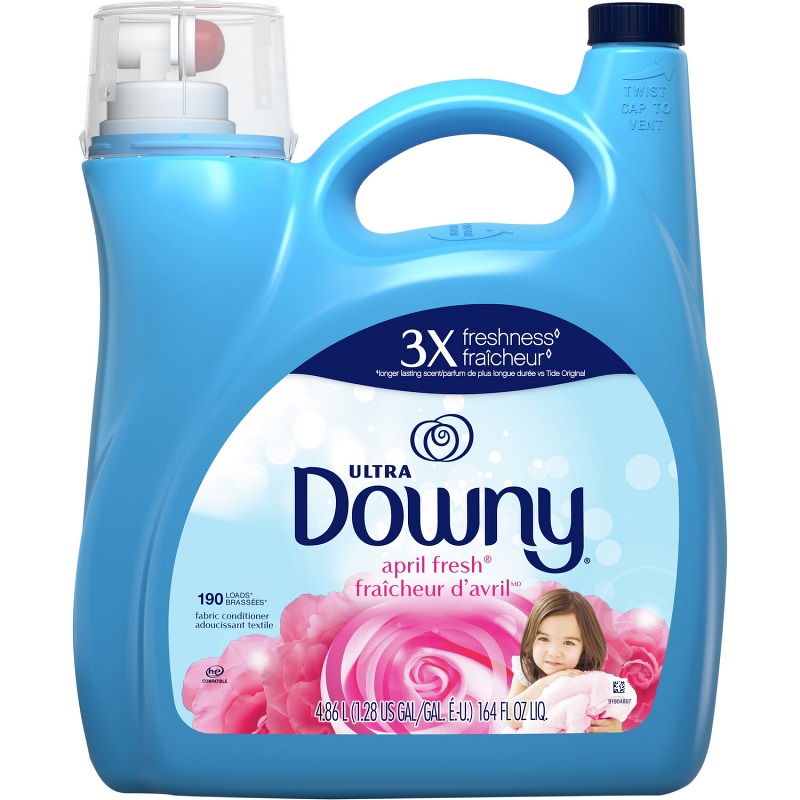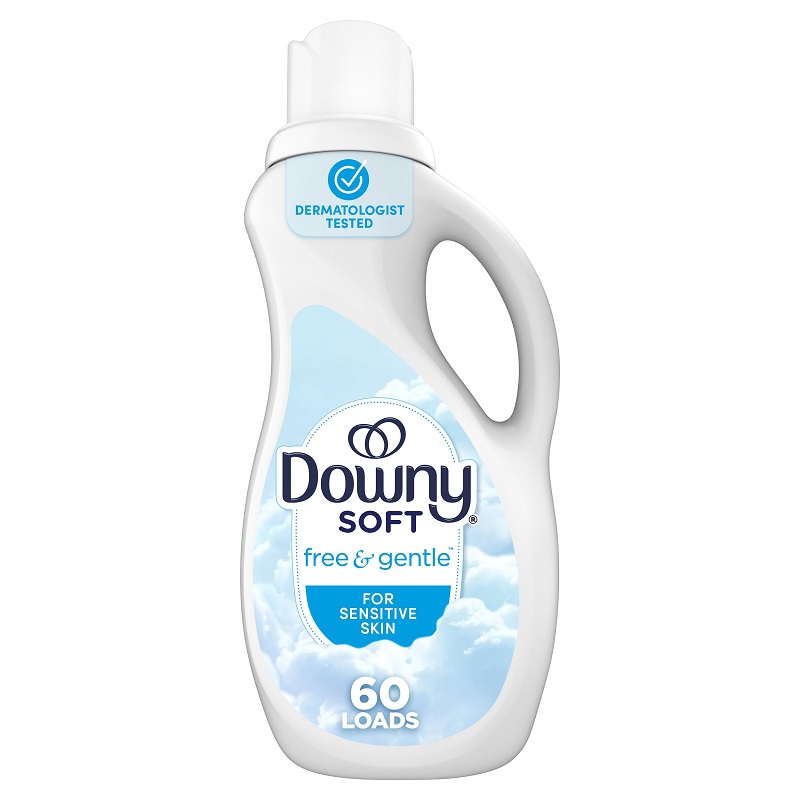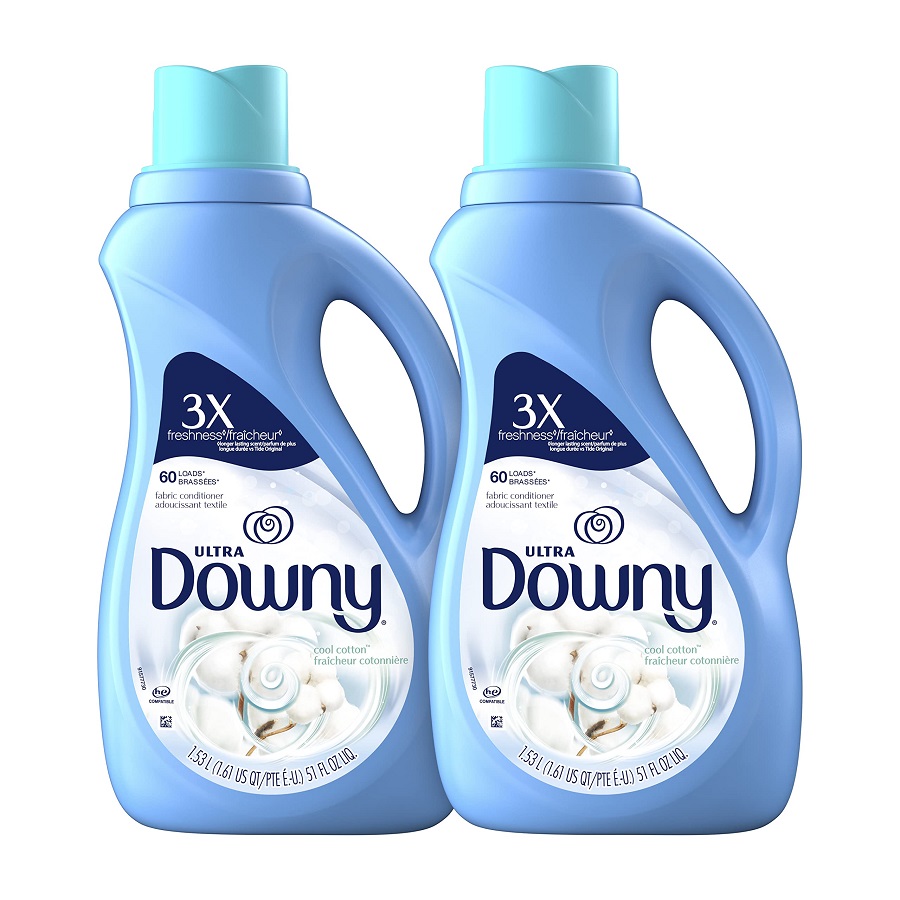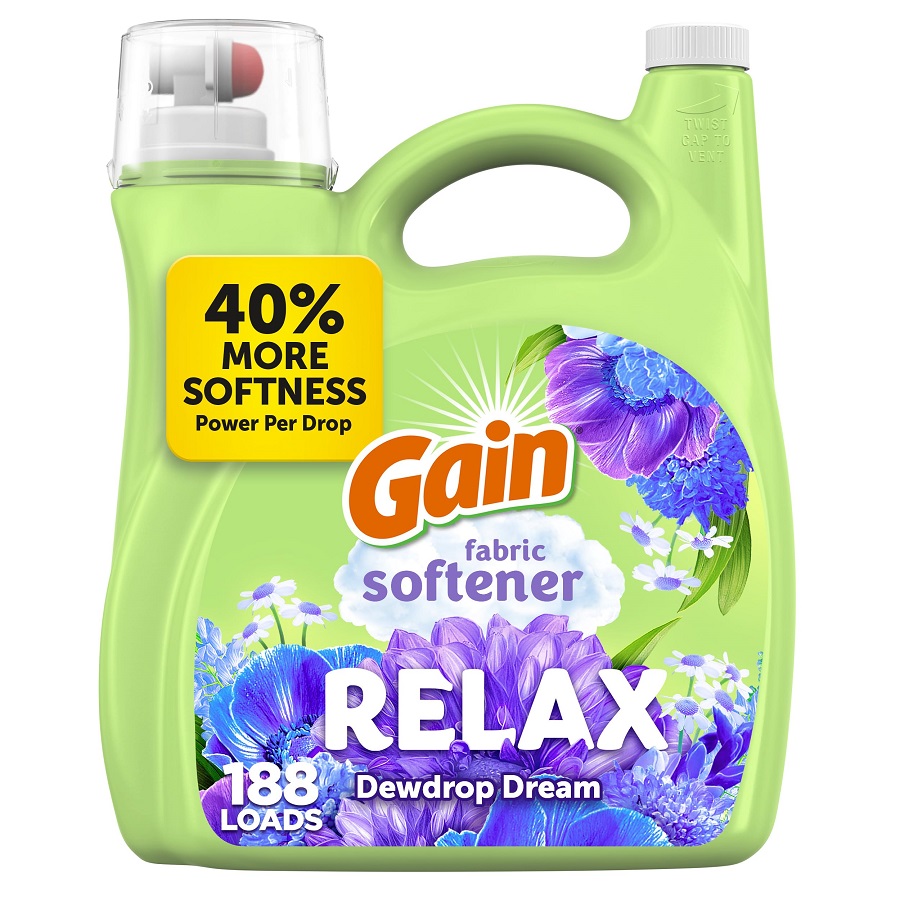The Role of Detergent in Your Laundry
Laundry detergent is crucial for clean clothing. It removes dirt, stains, and odors effectively. Surfactants inside detergents break down and wash away oily and dirty particles. Every time you do laundry, detergent should be your top pick to ensure cleanliness.
How Detergents Clean and Treat Stains
Detergents work by targeting stains with specialized cleaning agents. These agents include surfactants that dislodge dirt and grime. Detergents get clothes not only looking fresh but feeling fresh too.
Enzymes: The Secret to Detergent Efficiency
Enzymes are powerful tools in detergents, attacking specific stain types. Protease tackles blood and grass, while amylase cleans sauce and pasta marks. With enzymes, detergents offer a deeper clean for your fabrics.

Understanding Fabric Conditioners
Fabric conditioners are a staple in many laundry routines. These products play a key role in increasing the softness and fragrance of clothes post-wash. But what exactly do they bring to your laundry experience?
The Purpose of Fabric Softeners in Laundry Care
Fabric softeners, also known as fabric conditioners, serve multiple functions. Primarily, they coat fabric fibers with a thin layer, making materials softer to the touch. With this coating, clothes feel more comfortable against the skin. Additionally, fabric conditioners can help reduce static cling, a common issue with synthetic fabrics. For those who love a fresh scent, these products often infuse laundry with pleasing aromas.
Comparing Fabric Softener and Dryer Sheets
When it comes to softening clothes, you have two options: fabric softeners and dryer sheets. While both aim to make clothes soft and lessen static, they differ in application and composition. Fabric softener is a liquid used during the wash cycle, often added to a designated dispenser. Dryer sheets, on the other hand, are thin, coated sheets tossed into the dryer with your clothes. Both options can be effective, but fabric softener tends to be preferred for liquid wash cycles, whereas dryer sheets are a go-to for the drying cycle.
Distinguishing Between Detergent and Fabric Conditioner
Understanding the core roles of detergent and fabric conditioner is essential in laundry care. Here’s a breakdown to help distinguish between the two.
Fabric Conditioner vs Detergent: Usage and Functions
Fabric conditioner and detergent serve different purposes in the laundry process. Detergent is the must-have for every wash. It’s your main tool for cleaning, removing stains, and fighting odors. Use fabric conditioner to add softness and a pleasant scent to your clothes. Unlike detergent, it’s not a cleaner but a comfort enhancer. It’s perfect for use on towels, bed linens, and certain clothes that get rough. Remember to use detergent to clean, and consider fabric conditioner as a nice-to-have.
The Ingredients Difference
Detergent and fabric conditioner are made of different substances. Detergent has surfactants and enzymes for cleaning. These ingredients break down stains and dirt. They then wash them away in the rinse cycle. Fabric conditioner, however, contains compounds that coat fibers. This gives fabrics a softer feel and reduces static. It may also have fragrances for a fresh scent. Choose detergent for a thorough clean, and fabric conditioner for extra softness and smell.
When to Utilize Fabric Conditioner
Knowing when to use fabric conditioner in your laundry routine can enhance your washing results. Fabric conditioners are not cleaning agents, but they do contribute to the softness and freshness of your textiles.
Ideal Situations for Fabric Softener Application
Fabric softener is best used in specific scenarios to gain the most benefit. Here are ideal situations for applying fabric conditioner:
- For Added Softness: Use on towels, bed linens, and cotton garments to maintain softness.
- To Reduce Static: Ideal for synthetic fibers prone to static cling during drying.
- With Scent Preference: When you desire a lasting fragrance on your laundry.
- Post Ironing: Spritz on clothes while ironing to make fabric easier to manage.
While these are prime times to use fabric conditioner, remember it should accompany, not replace, detergent for a whole clean.

Items to Avoid Using Fabric Conditioner On
Certain items can suffer from the application of fabric conditioner. Avoid using it on:
- Microfiber Cloths: It reduces their absorbency and cleaning effectiveness.
- Sportswear: High-tech fabrics can lose their moisture-wicking properties.
- Flame-Resistant Clothing: Such as children’s pajamas, as it can diminish the fabric’s protective qualities.
- Towels: Over time, softener decreases towel absorbency. Use sparsely if preferred for softness.
Being mindful of when and on what you use fabric softener can significantly influence the outcome of your laundry routine. Use fabric conditioner to add softness and a scent boost while ensuring effective cleaning by using detergent for its stain-fighting properties.
Benefits of a Combined Approach
Using detergent and fabric softener together can offer a balanced laundry solution. By combining the cleaning power of detergent with the softening effects of fabric conditioner, you create an optimal environment for your textiles. Here’s why the collaboration works well:
- Enhanced Texture and Cleanliness: Detergent ensures clothes emerge clean, while fabric conditioner provides that extra softness and reduces static in synthetic fabrics.
- Layered Scent: Fabric softeners often come with added fragrances that can complement the fresh smell of clean laundry, giving clothes a pleasant aroma.
- Improved Wearability: Softer clothes are more comfortable to wear and fabric conditioner can help fabrics resist wear and tear.
Using Detergent and Fabric Softener Together
When using both detergent and fabric softener, it’s important to know how to apply them:
- Detergent First: Always use detergent to clean your clothes in the wash cycle.
- Follow With Conditioner: Add fabric conditioner during the rinse cycle or use a dryer sheet in the drying cycle for added softness.
- Read Labels: Check garment care tags and product instructions to ensure you’re using the right amounts.
Alternatives to Fabric Conditioners
For those seeking options beyond traditional fabric conditioners, there are alternatives that can still provide some benefits without the need for standard softeners:
- Vinegar Rinse: A quarter to half a cup of white vinegar added during the final rinse cycle can soften clothes and reduce static without the fragrance.
- Baking Soda: Adding half a cup of baking soda to the wash can soften fabrics and even boost the efficiency of detergent.
- Wool Dryer Balls: These natural softeners tumble with your clothes in the dryer, helping to fluff up fabrics and lessen drying time.
Incorporating these methods can reduce the need for fabric conditioners while maintaining the comfort and longevity of your clothes.

The Laundry Essentials FAQ
When it comes to laundry, some questions pop up frequently. Let’s address those here.
Can You Use Fabric Conditioner as a Detergent Substitute?
No, fabric conditioner cannot replace detergent. It doesn’t clean, it only softens and scents fabrics.
Pros and Cons of Fabric Conditioners and Softeners
Pros:
- Adds softness to clothes.
- Infuses a fresh scent.
- Reduces static cling, especially in synthetics.
Cons:
- Can decrease absorbency in towels and microfiber.
- May impact flame-resistant properties of some garments.
- Could reduce the effectiveness of sportswear.
Strategies for Softening without Traditional Conditioners
If you prefer to avoid traditional softeners, here are some alternatives:
- Vinegar Rinse: Softens and reduces static without added fragrances.
- Baking Soda: Boosts detergent action and softens fabrics.
- Wool Dryer Balls: Natural fabric softeners that shorten drying time and soften clothes.
Conclusion
While both fabric conditioner and detergent play crucial roles in laundry care, they serve different purposes. For optimal results, it’s often beneficial to use both together: detergent for cleaning and fabric conditioner for softness and freshness.









